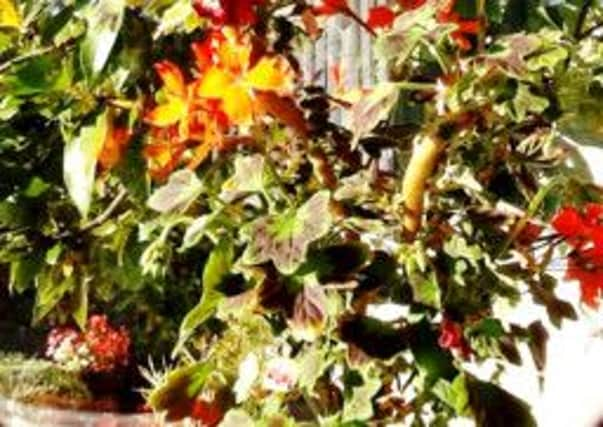Getting the balance right for your indoor plants


The indoor garden can be even more perplexing; a world of mystery where the normal rules of horticulture do not apply.
Which is one of the reasons so many people have disasters growing on their windowsills – they confuse houseplants with their outdoor relatives. But if indoor and outdoor plants are related at all, it’s a very tenuous link.
Advertisement
Hide AdAdvertisement
Hide AdA house plant has a list of conditions to which it must adapt: dry air, low light, low humidity and artificial heat in winter. And then there’s always the soil to consider – a plant in a pot relies on someone to provide it with good compost and a container which is big enough to accommodate its expanding root structure.
So, consideration of a houseplant’s needs is key to success.
Firstly, get the right plant for the right place. Most plants usually grow well where they can enjoy the light. But a word of caution – when the temperature drops below freezing and the windows are covered with frost, either leave the curtains undrawn or remove plants to a spot where they aren’t likely to suffer a shock from plunging temperatures.
But don’t overdo the kindness because watering can be tricky. Too much will rot roots and kill the plant; too little will produce plants with poor foliage and few, if any flowers.
Advertisement
Hide AdAdvertisement
Hide AdLight needs vary with the type of plant. Check the tag that comes with the plant when it’s bought. The leaves of some plants may be sensitive to the sun and burn easily. If a plant needs light, but sunlight isn’t available, you can use artificial light. In most cases, low light will result in spindly, weak growth.